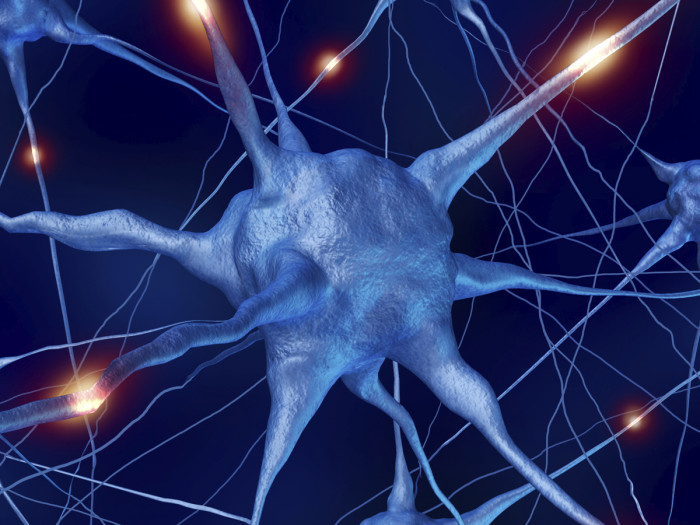New imaging technique further reveals multiple sclerosis
A new imaging method can more clearly spot signs of the brain disorder, multiple sclerosis, to help guide research, diagnosis and treatment of the disease

Diagnosing multiple sclerosis (MS) is a challenge for both the physicians who treat it and the researchers who study it. Diagnosis often comes by way of magnetic resonance imaging (MRI), which can spot the disease’s characteristic brain legions caused by loss of myelin—the protective coating around nerve fibers.
But MRI is not as useful at visualizing the health of underlying brain tissue in great detail. Knowing this would help clinicians diagnose and treat the disease and would help scientists understand the disease process and evaluate potential treatments.

“Standard MRI is certainly valuable, but we really need to move beyond it to more powerful imaging techniques in order to make serious headway in understanding and treating MS,” says Anne Cross, MD, the Manny and Rosalyn Rosenthal and Dr. John L. Trotter MS Center Chair in Neuroimmunology.
In an effort to gain more information, Cross and her colleagues have been applying a type of MRI called diffusion tensor imaging (DTI), which measures the diffusion of water through tissue. In animal models of MS, DTI has been shown to detect and distinguish loss of myelin from injury to the underlying nerve fibers, a task standard MRI fails. But its application to MS patients has not been as successful as in animal models, largely because DTI loses its sensitivity and specificity detecting nerve damage in the presence of inflammation.
“We realized that diffusion tensor imaging wasn’t the whole story,” says Cross.
A more detailed view of brain damage
As a result, her radiology colleagues Sheng-Kwei (Victor) Song, PhD, and Yong Wang, PhD, invented a new method that provides an even more detailed view of brain damage. Their method is called diffusion basis spectrum imaging (DBSI).
DBSI visualizes not only myelin damage and nerve fiber injury, but also the cells present during inflammatory stages of MS. In the worst-case scenario, in which nerve cells and fibers are destroyed and leave a characteristic empty space behind, DBSI detects and accurately quantifies the extent of the nerve loss.
For now DBSI analysis is only in use at Washington University with promising preliminary results from both mouse and human studies. Cross and colleagues continue to perfect the method with the hope that DBSI will soon become an important new diagnostic tool to help investigators assess new MS therapies, such as those enhancing remyelination. They also hope DBSI will provide a non-invasive way to track the course of MS and possibly other central nervous system diseases such as stroke and brain tumor.
“At present we have a less-than-ideal understanding of multiple sclerosis,” says Cross. “But the idea of being able to follow the disease and understand it over time is exciting.”







